There’s a lot to consider before hitting your shutter to take a photo of the stars. Location planning starts with finding an area with dark skies and as little light pollution as possible. Composition planning under those dark skies requires something interesting and compelling to both draw and hold attention. Those compositional elements then need to align with celestial objects that, although they appear to be moving slowly across the sky, are often in position for just a few minutes.
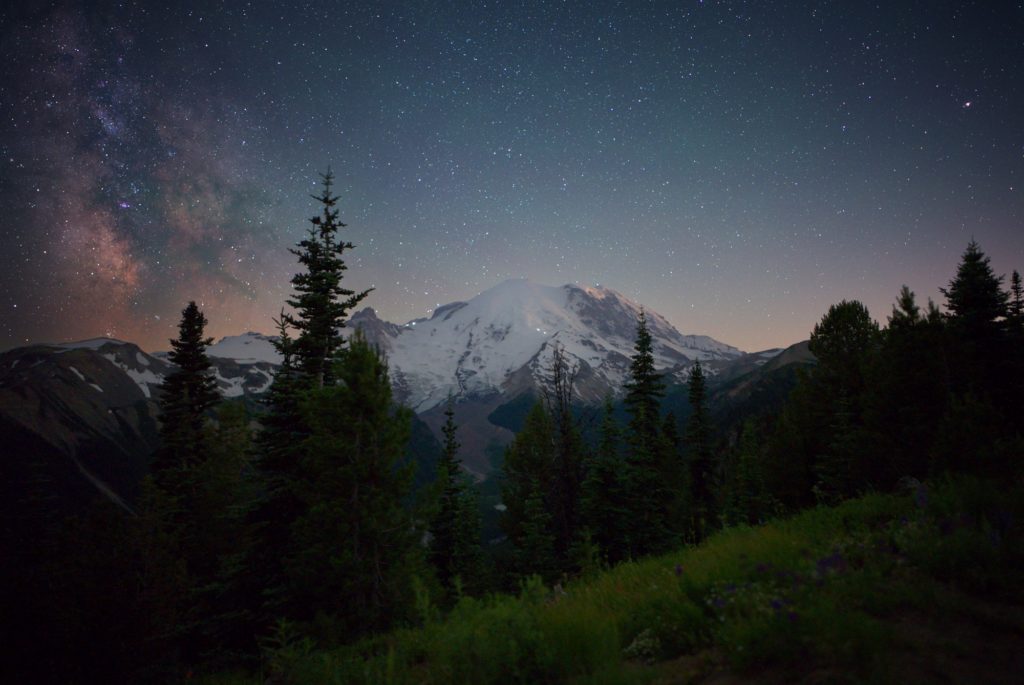
From here, the pre-planning list involves timing the Moon phase, checking every weather forecasting app, consuming enough coffee to stay awake, and making sure you have the right gear to bring all your planning from concept to reality.
It may sound like a lot of work, but it can be incredibly rewarding when everything goes as planned. To make sure that’s the case as often as possible, I’m constantly looking at ways to improve each step of the process.
So, when I had the opportunity to start planning images that I would take new SIGMA 20mm F1.4 DG DN | Art, I couldn’t wait for everything to align. I had the locations picked out, the pins dropped, and offline maps ready to go.

First Impressions of the 20mm F1.4 DG DN | Art
When the 20mm F1.4 DG DN | Art arrived at my door, the first thing I noticed was the size and build. It has every characteristic I’ve come to expect in terms of high quality from the SIGMA Art line, while coming in at a smaller-than-expected footprint.

The lens allows for 82mm screw-on front filters, as well as a rear filter holder for soft or gel filters at the base of the lens. Both options are great for attaching filters to enhance star glow, minimize light pollution, or for the astrophotographer that happens to stay awake long enough, to see and photograph sunrises with a neutral density (ND) filter.
First Nights Under the Stars
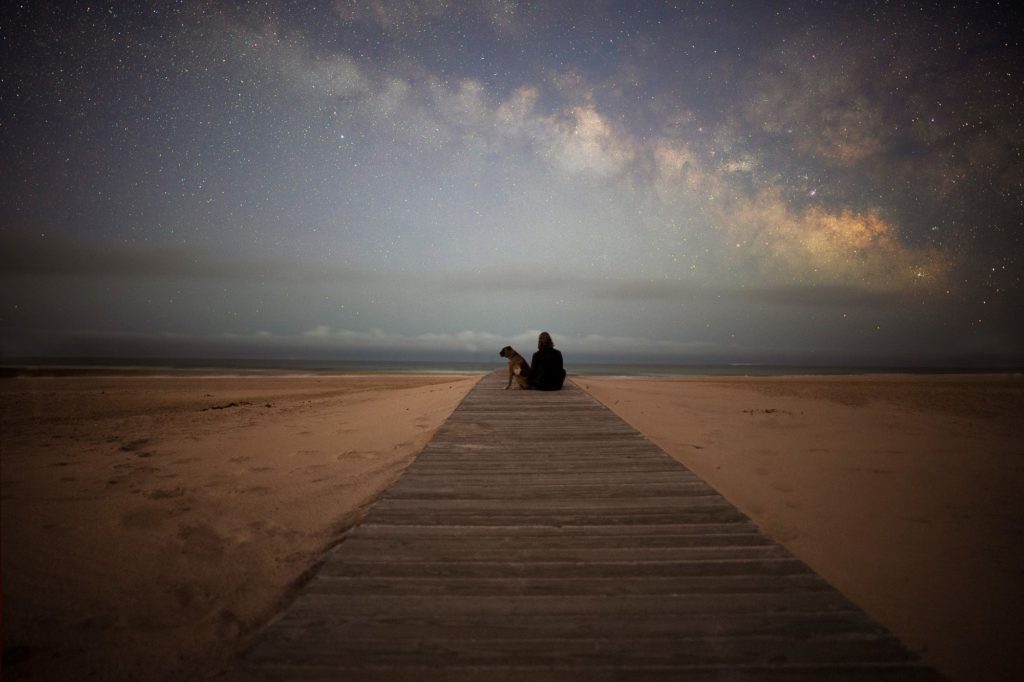
On my first night with the 20mm F1.4 DG DN | Art, I began the same way I test every new lens. I take a look at my maximum exposure time, set my ISO, and start taking test images at F2.8 and slowly work my way to wide open (F1.4 in this case). With each image, I take a moment to review and answer the question that every astrophotographer will be asking. How do the stars in the corners look?
“Shot wide open, F1.4, the entire frame looked great with pin-point stars from the center all the way to the extreme corners.”
Looking good at F2.8 should be pretty easy, and speaking honestly, expected for a prime lens with a max aperture of F1.4. And these images certainly did. As I opened the aperture further with each image, I finally found myself double checking that I was reviewing the right image. I was. Shot wide open, F1.4, the entire frame looked great with pin-point stars from the center all the way to the extreme corners. I remember smiling while looking at that last image and thinking, “this is going to be fun.”


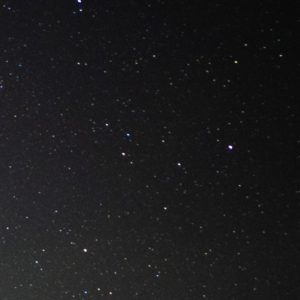
Locked In & Feature Focused
As I continued shooting, I spent more time with some of the additional features of the lens. So, if there was any question as to whether or not this lens was designed with astrophotography in mind, the external features of the lens itself put that question to rest. In addition to a few features that I would probably put in the “useful for astro” category, including a locking aperture ring, there are two in particular that every astrophotography will covet until they’re able to add this lens to their bag.
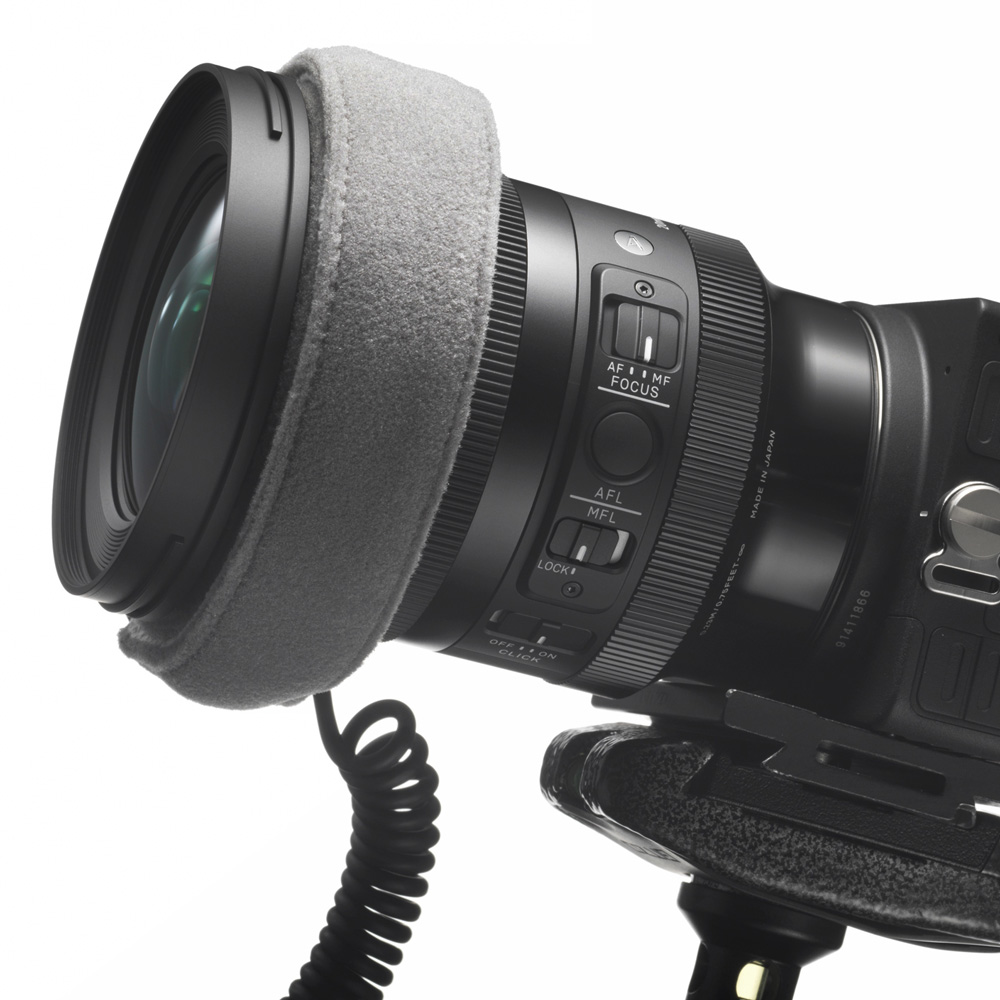
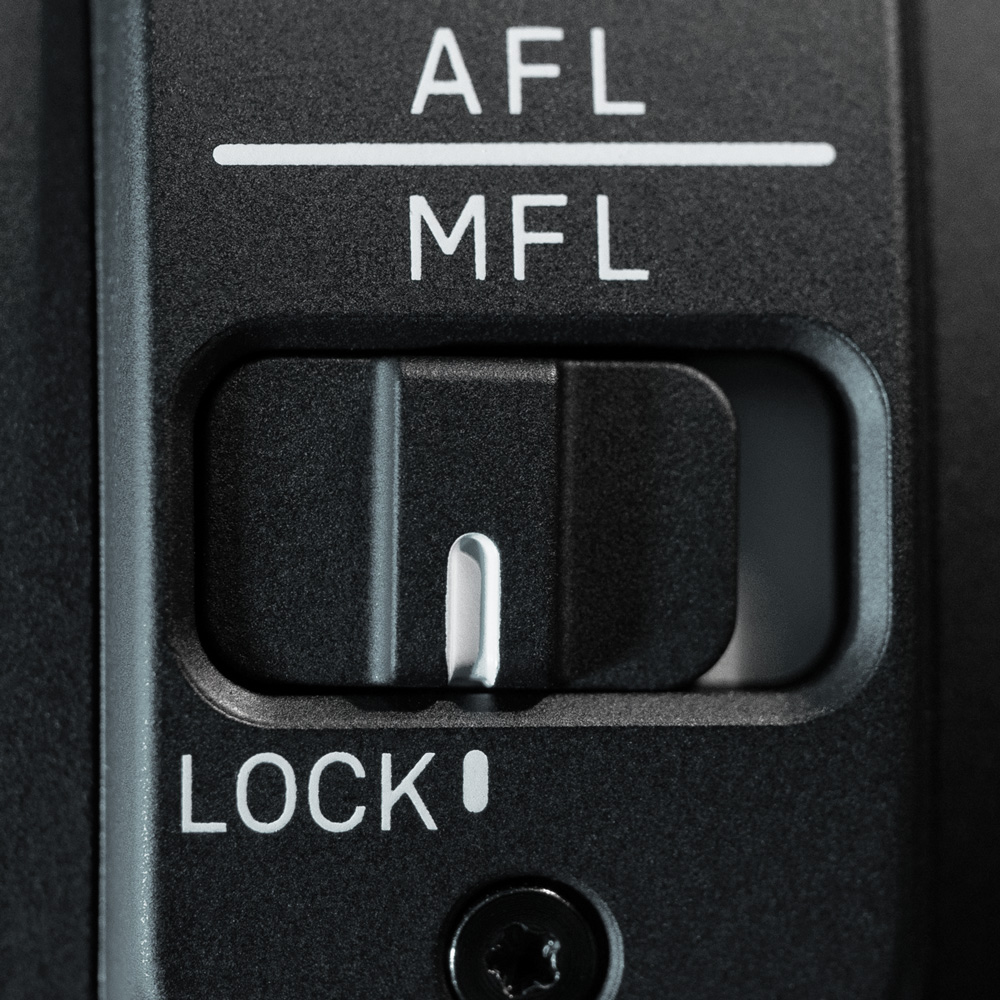
The build of this lens was crafted with a retainer near the front element to help securely hold a lens warmer used to help fight condensation that would otherwise ruin your images. If you’ve ever come across this problem, I apologize for making you think of the photos you’ve lost. That feeling of returning to your camera and realizing the tripod is completely soaked, and then seeing a light haze across the front of the lens. Whether you weren’t using a lens warmer at all, had it slide too far out of place to be effective, or if the hand warmers you secured with rubber bands just didn’t do their job, we’ve all been there. Thankfully, those hazy images can now be a thing of our painful past, and this small feature makes it easier to utilize an accessory like this properly.
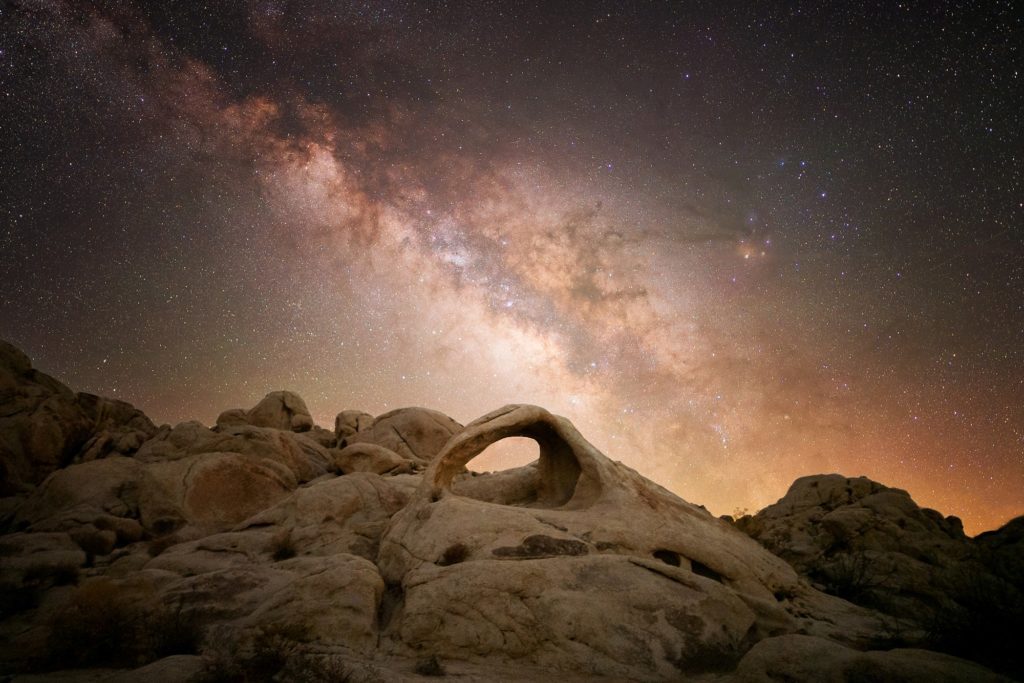
That brings us to my favorite feature of just about any lens I’ve shot with. On the lower side of the lens, there’s a switch that will disable the focus ring while in manual focus. That means once you’ve manually dialed in your focus to infinity at the start of the night, you simply hit the Manual Focus Lock (MFL) switch and you’re set. No breaking out tape to try and hold your focus ring in place, and no forgetting to double check your focus and only realizing once it’s way too late. The MFL switch will hold your focus where you set it until you decide otherwise.
“Once you’ve manually dialed in your focus to infinity at the start of the night, you simply hit the Manual Focus Lock switch and you’re set.”
So, even though I found focusing with this lens very easy thanks to how bright it is across the entire frame, I only had to do it once at the start of the night. I still found myself double checking images out of habit and having a bit of a laugh each time.
Does the 20mm F1.4 DG DN | Art shine?
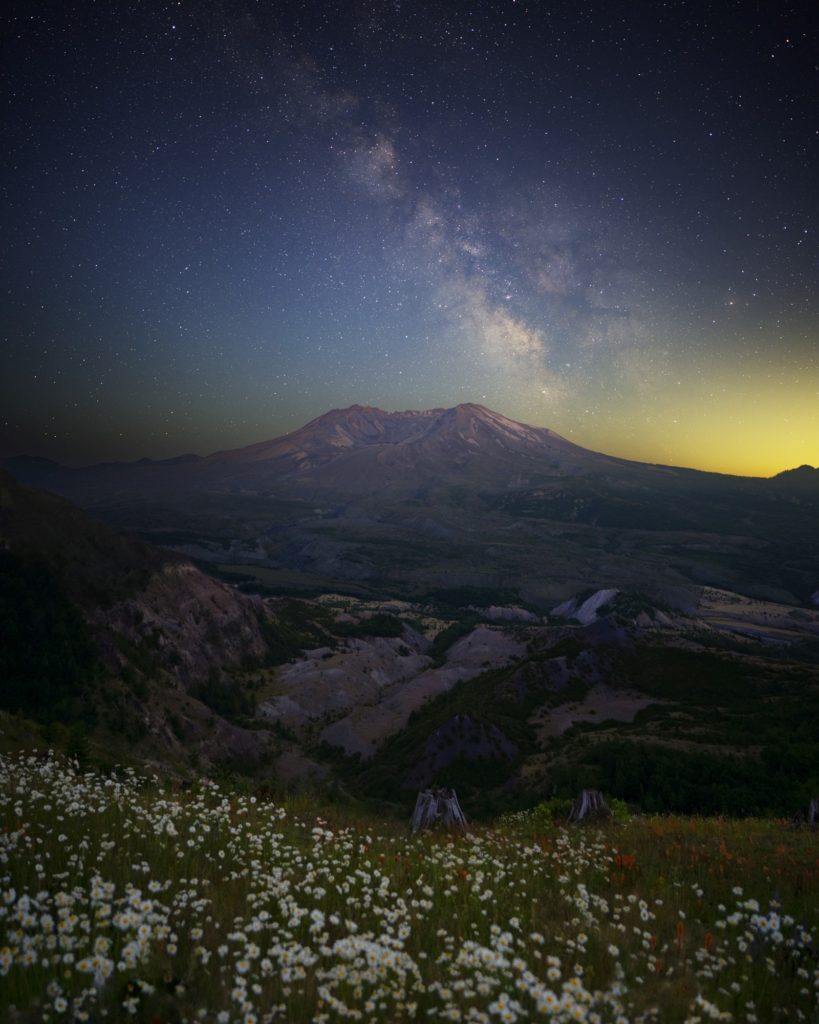
After four International Dark Sky Parks, seven National Parks, miles of hiking in the dark, and enough coffee to weigh it in pounds, I already can’t wait until I can head back out under the stars with the SIGMA 20mm F1.4 DG DN | Art. This is one of those rare items that I look for to improve a step of my process. I found myself picking this lens to shoot with night after night, and I don’t expect that to change. The 20mm focal length allows you capture the perfect amount of landscape for it to feel close, while covering enough of the night sky to still have it feel as grand and magnificent as it does while we stand there looking up in awe. With the Milky Way in frame, you can expect exceptional detail throughout the core.
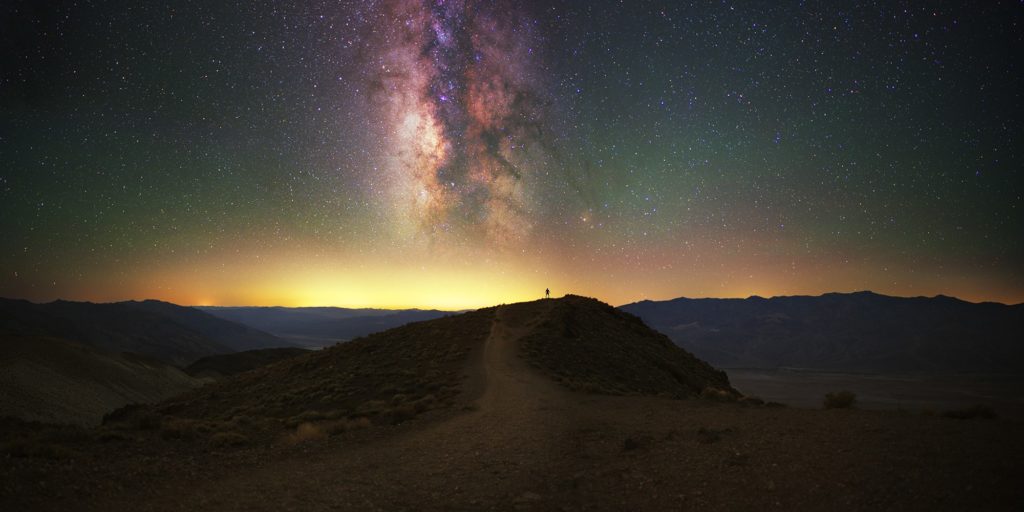
“I found myself picking this lens to shoot with night after night, and I don’t expect that to change.”
From its astrophotography focused feature set to outstanding optical quality, even in the most challenging conditions, this lens is undoubtedly going to make its mark in the astrophotography world.

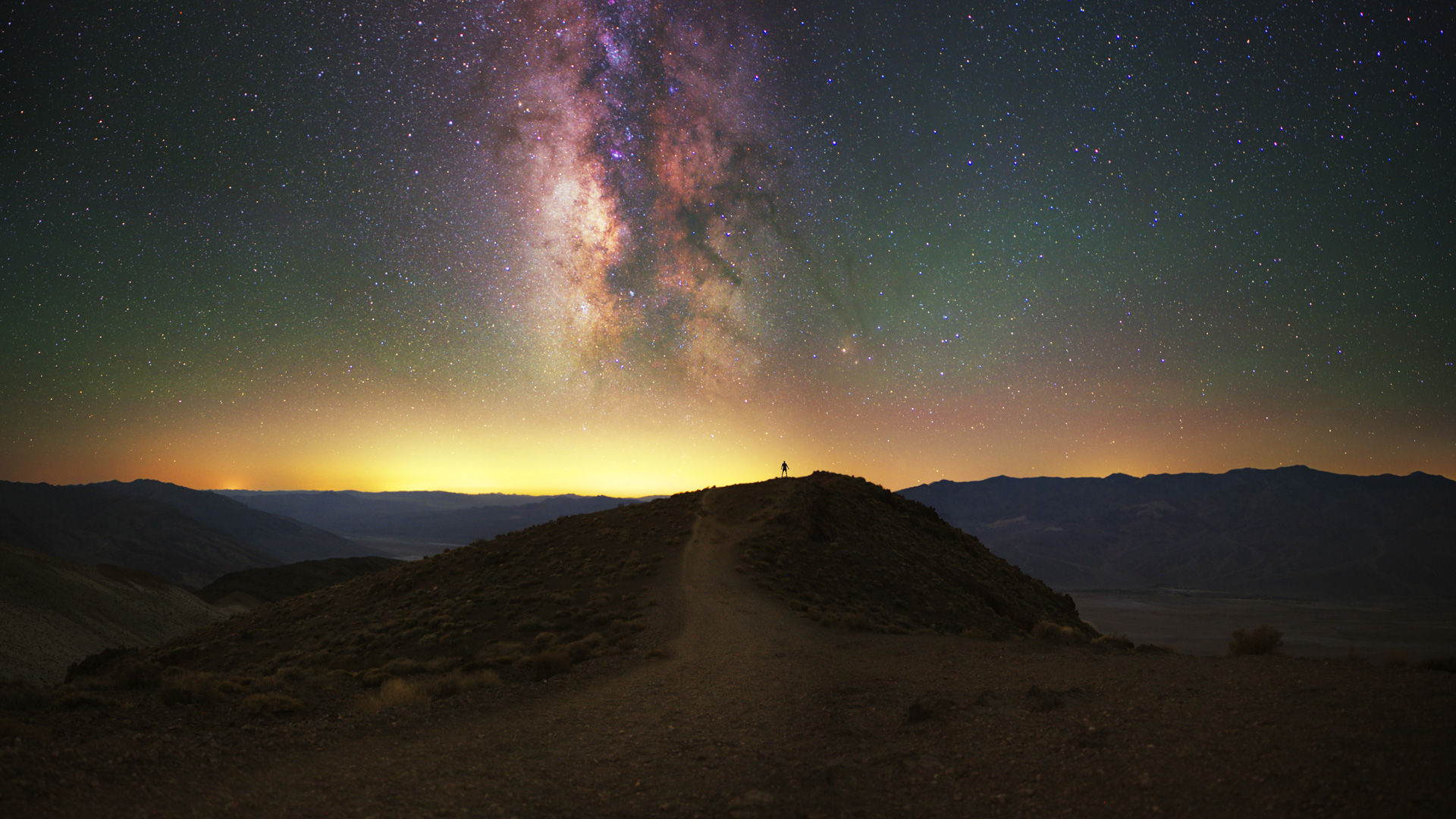
Thanks for the helpful review. Just getting into astrophotography and I use other sigma art lens in my kit. Price is great and looking forward to purchasing and using it in the near future.
Nice review! Which lens heater are you using?